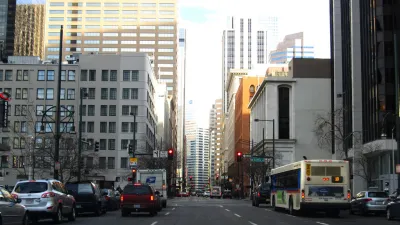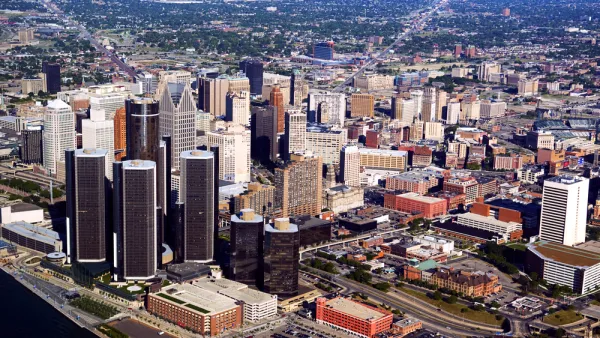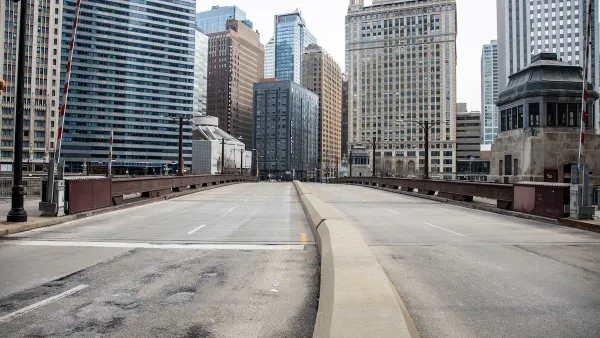There's a lot to like about the resurgence of downtown cores. But as is the case elsewhere, Denver's core has only attracted a small subset of the wider city's population. Most people still call the suburbs home.

According to Vincent Carroll, we shouldn't greet the resurgence of downtown Denver with unmitigated celebration. Drawing on the Downtown Denver Partnership's 2018 State of Downtown Denver report, he points out that "by any calculation, downtown Denver's household statistics are a startling outlier — and a reminder that the glib urbanist cliches that have become so commonplace are an impediment to clear thinking about the nature of modern cities."
Since the later decades of the 20th century, Carroll writes, changes in downtown have been a positive for the area. "I'm a fan of much of the change. But that transformation shouldn't be oversold as a general model. As a place to live, it appeals to and is affordable for only a segment of the population. Families and especially families with children look elsewhere."
While many urbanists tend to "sneer at sprawl," Carroll advises greater consideration for the low-density, far-flung neighborhoods where most of the population lives. He cites Steve Hogan, the late mayor of Aurora, Colorado. "His legacy, which includes Aurora Highlands south of DIA with potentially 60,000 future residents, will do far more to meet housing demand than Denver's ramped-up campaign to subsidize affordable units such as the micro-apartments slated for the old First Avenue Hotel on Broadway."
FULL STORY: A reality check on downtown Denver’s renaissance

National Parks Layoffs Will Cause Communities to Lose Billions
Thousands of essential park workers were laid off this week, just before the busy spring break season.

Retro-silient?: America’s First “Eco-burb,” The Woodlands Turns 50
A master-planned community north of Houston offers lessons on green infrastructure and resilient design, but falls short of its founder’s lofty affordability and walkability goals.

Delivering for America Plan Will Downgrade Mail Service in at Least 49.5 Percent of Zip Codes
Republican and Democrat lawmakers criticize the plan for its disproportionate negative impact on rural communities.

Test News Post 1
This is a summary

Test News Headline 46
Test for the image on the front page.

Balancing Bombs and Butterflies: How the National Guard Protects a Rare Species
The National Guard at Fort Indiantown Gap uses GIS technology and land management strategies to balance military training with conservation efforts, ensuring the survival of the rare eastern regal fritillary butterfly.
Urban Design for Planners 1: Software Tools
This six-course series explores essential urban design concepts using open source software and equips planners with the tools they need to participate fully in the urban design process.
Planning for Universal Design
Learn the tools for implementing Universal Design in planning regulations.
EMC Planning Group, Inc.
Planetizen
Planetizen
Mpact (formerly Rail~Volution)
Great Falls Development Authority, Inc.
HUDs Office of Policy Development and Research
NYU Wagner Graduate School of Public Service





























